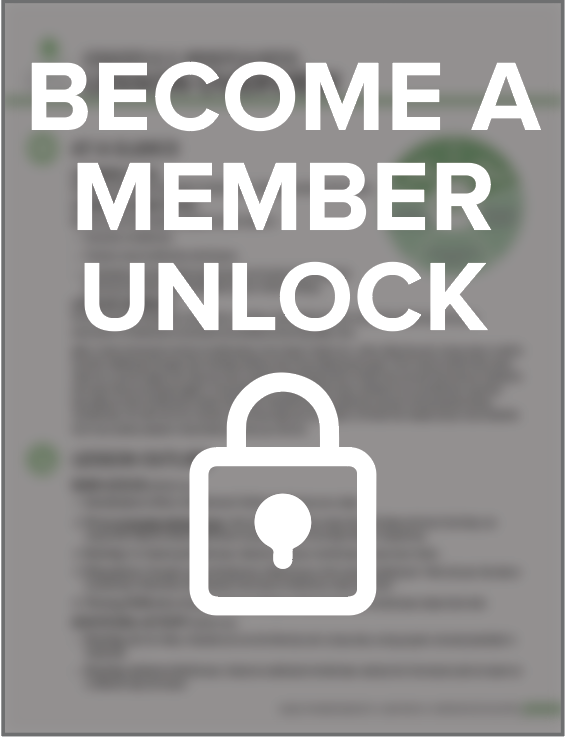Locked Content
Unlock this lesson plan by becoming a paid member. Existing members, please log in.
Students will learn to identify and name their emotions.
By the end of the lessons, students will be able to:
- Identify the primary emotions and some secondary emotions
- Practice identifying secondary emotions when acted out
- Build the skill of empathy by identifying emotions in others
This lesson revisits the primary emotions learned in K-2 and introduces secondary emotions. Emotion identification is the first step in building emotional intelligence and empowering students to successfully manage their thoughts, emotions, and behaviors.
The lesson begins with Fire Breathing, a mindfulness breathing activity. Then in the introduction, you revisit primary emotions and teach students about their secondary emotions and the importance of identifying these emotions. You then discuss the circumstances that lead to different emotions and ask students to identify how they currently feel using a rating scale and two emotions from the emotion wheel handout. Then, in a game of emotions charades, one student enacts an emotion and the rest of the class tries to identify it. Finally, students reflect in their journals on what prompts them to feel different emotions.
For both live or recorded delivery, start by teaching the basics of emotional literacy through the introduction section. Then differentiate the activity based on your delivery.
For the Emotion Charades activity, have students turn on their cameras. Ask for a handful of student volunteers who are interested in acting out an emotion. Send each of those students the text of one of the emotion cards in a private chat so only they see. Then call on different student volunteers one-by-one to act out their emotions. Optionally, use the worksheet provided in the lesson for students to define and take notes on each emotion.
For the recorded delivery, skip the Emotion Charade activity and use the Emotions and Needs additional activity instead.
CASEL Competencies
Self-awareness: The abilities to understand one’s own emotions, thoughts, and values and how they influence behavior across contexts. This includes capacities to recognize one’s strengths and limitations with a well-grounded sense of confidence and purpose.
Self-management: The abilities to manage one’s emotions, thoughts, and behaviors effectively in different situations and to achieve goals and aspirations. This includes the capacities to delay gratification, manage stress, and feel motivation & agency to accomplish personal/collective goals.


